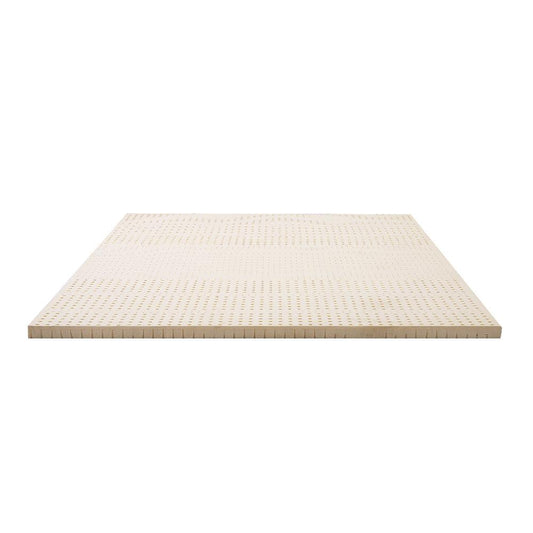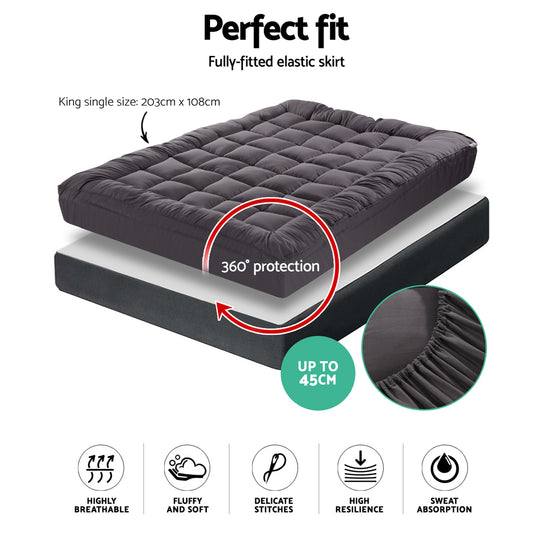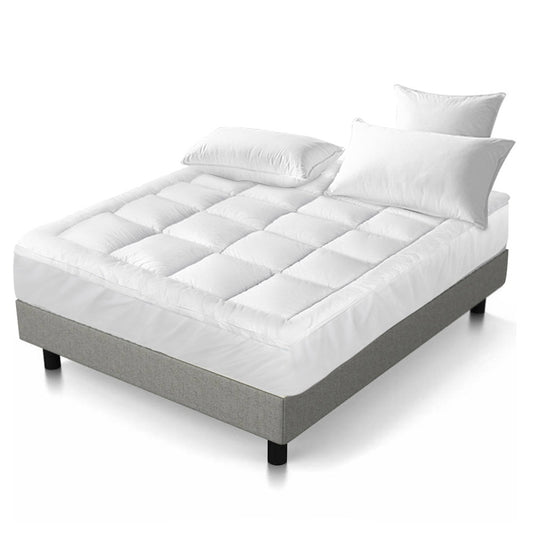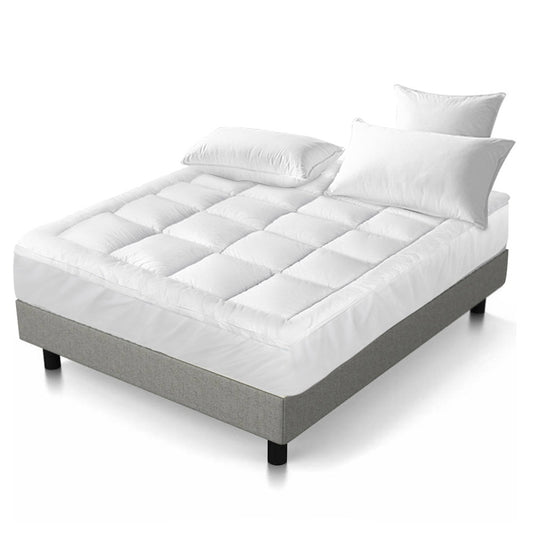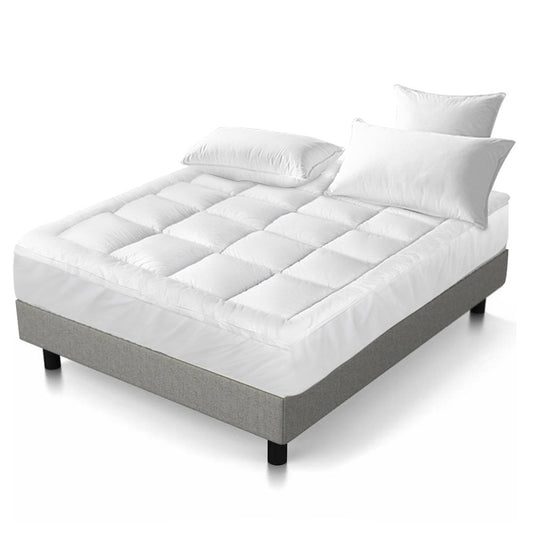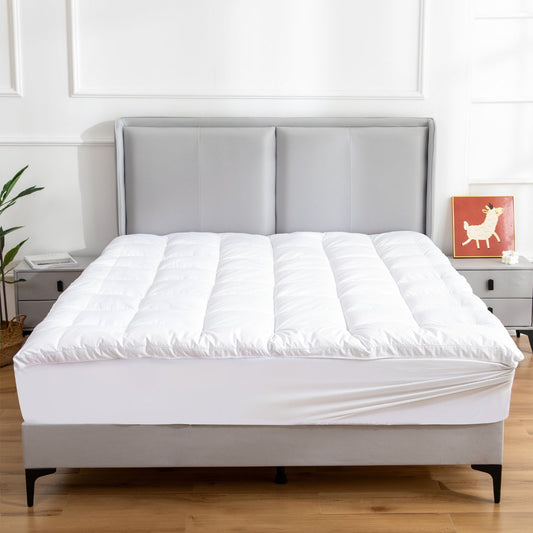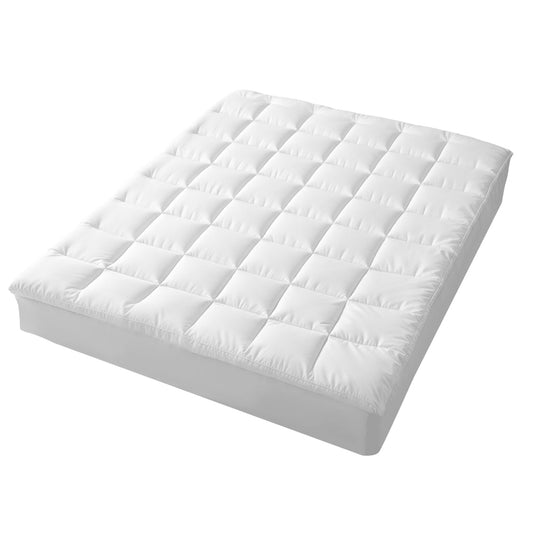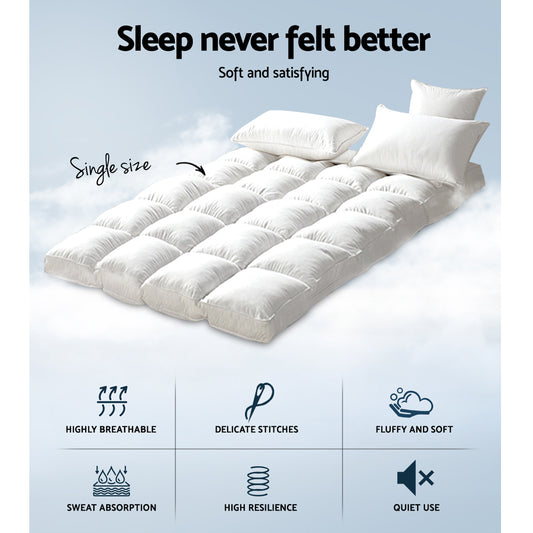-
Latex 7 Zone Mattress Topper I Queen
Regular price $277.00Regular priceUnit price per -
1000 GSM Pillowtop Mattress Topper I Charcoal Bamboo Microfibre I King Single
Regular price $55.00Regular priceUnit price per -
1000GSM Pillowtop Mattress Topper I King Single
Regular price $55.00Regular priceUnit price per -
1000GSM Pillowtop Mattress Topper I Queen
Regular price $68.00Regular priceUnit price per -
1000GSM Pillowtop Mattress Topper I King
Regular price $69.00Regular priceUnit price per -
Gift Card - Dust Mite Allergy Solutions
Regular price From $25.00Regular priceUnit price per -
Hypoallergenic 100% Microfiber filling Mattress Topper I QUEEN I Antibacterial
Regular price $84.00Regular priceUnit price per -
Hypoallergenic 100% Microfiber filling Mattress Topper I KING I Antibacterial
Regular price $95.00Regular priceUnit price per -
Giselle Bedding Mattress Topper Pillowtop Bamboo I Single
Regular price $60.00Regular priceUnit price per -
Renee Taylor 1000GSM Mattress Topper | Super King | 300TC Cotton Cover | Hypoallergenic & Washable
Regular price $179.00Regular priceUnit price per -
1500GSM Mattress Topper by Renee Taylor | Cotton Cover | Double
Regular price $170.00Regular priceUnit price per -
1500GSM Mattress Topper | Queen | Cotton Cover | Allergy Friendly
Regular price $189.00Regular priceUnit price per
Let customers speak for us
Shop Allergy Relief by Allergen
-

Dust Allergy
Say goodbye to dust allergies with our carefully curated range of hypoallergenic...
-

Mould & Mildew
Breathe easier, sleep better, and enjoy a fresher home!
-

Pollen Allergy
Are you struggling with pollen allergy? Say goodbye to seasonal sniffles and...
-

Pet Dander Allergy
Love your pets but struggle with allergies? Our pet dander allergy protection collection...


